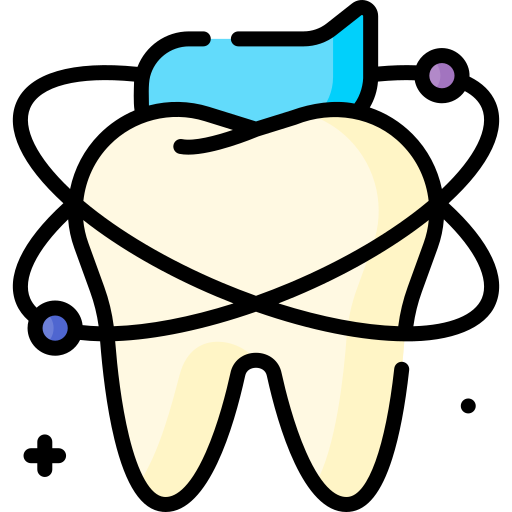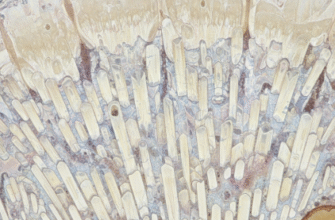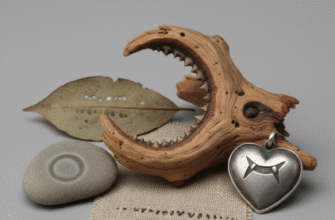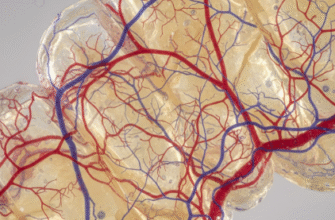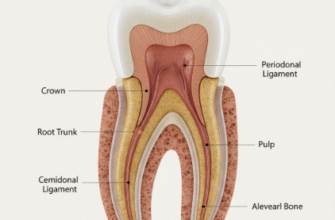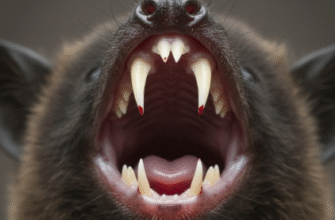Nestled strategically between the sharp, piercing canines at the front of the mouth and the broad, grinding molars at the back, lie the often-overlooked yet critically important premolars. These teeth, typically eight in number in a full adult dentition – two on each side of both the upper and lower jaws – are far more than mere placeholders. They are, in essence, the versatile diplomats of the dental arch, expertly designed to bridge the functional gap between tearing and heavy-duty crushing. Their role as transitional teeth is fundamental to the efficient processing of food, showcasing a remarkable adaptation in dental anatomy.
The Architectural Bridge: Unpacking Premolar Design
The very structure of a premolar whispers of its intermediary purpose. Unlike the single, formidable cusp of a canine or the complex array of four or five cusps found on a molar, most premolars present with two main cusps – hence their common, though not always strictly accurate, nickname “bicuspids.” There’s typically a buccal cusp (facing the cheek) and a lingual cusp (facing the tongue) or palatal cusp (facing the palate in the upper jaw). This dual-cusp design is the cornerstone of their versatility. The buccal cusp, often sharper and more prominent, especially in first premolars, retains a hint of the canine’s ability to grasp and shear. The lingual or palatal cusp, usually more rounded, offers a broader surface that begins to emulate the grinding function of the molars.
The occlusal surface, or biting surface, of a premolar is also a study in transition. It’s more complex than the simple incisal edge of front teeth or the pointed tip of a canine, featuring grooves and fossae, but it’s generally less intricate and expansive than the broad, furrowed table of a molar. This moderated complexity allows premolars to engage with food in a way that initiates breakdown without requiring the full force or surface area of the posterior molars. The shape of the occlusal surface facilitates both a degree of holding and the initial stages of comminution, preparing the food bolus for its journey further back in the mouth.
Root structure, too, reflects their transitional nature. While molars often boast multiple, robust roots to anchor them against strong chewing forces, and canines have a single, long, sturdy root for leverage, premolars can vary. Most lower premolars have a single root. Upper premolars, particularly the first upper premolar, frequently present with two roots (a buccal and a palatal root), or at least a deeply grooved single root that hints at bifurcation. This provides them with greater stability than a typical single-rooted anterior tooth but less than the multi-rooted molars, aligning with the intermediate forces they are designed to handle.
Premolars, often referred to as bicuspids, distinctively combine features from both canines and molars. Their anatomy, generally characterized by two cusps and an intermediate occlusal surface complexity, enables them to assist in tearing food while also initiating the grinding process. This unique blend of characteristics solidifies their crucial role as transitional elements within the dental arch, vital for effective mastication.
Functionality in Flux: How Premolars Work Their Magic
The unique anatomy of premolars directly translates into their dynamic functional capabilities. They are not specialists in a single task but rather generalists that contribute to multiple stages of food processing.
Sharing the Load: Assisting the Canines
When food is first introduced into the mouth, particularly tougher items, the canines excel at piercing and tearing. The premolars, especially the first premolars with their often pointier buccal cusps, act as immediate backup. They help to grip and hold food as it’s being sectioned by the canines and incisors. This initial stabilization and tearing assistance is crucial, preventing food from slipping and allowing for more controlled bites. They essentially extend the “tearing zone” slightly further back in the mouth.
The Grinding Prelude: Preparing for the Molars
Perhaps the most significant aspect of their transitional role is initiating the grinding process. Once food has been torn into smaller, more manageable pieces by the anterior teeth and canines, the premolars take over. Their broader occlusal surfaces, compared to canines, begin to crush and mash these pieces. This isn’t the heavy-duty grinding that molars perform, but rather a preliminary breakdown. Think of it as the first stage of milling, reducing particle size and increasing surface area, which makes the subsequent work of the molars more efficient and prepares the food for enzymatic action. They create a more uniform consistency in the food bolus.
The Conveyor Belt Effect
Beyond just tearing and initial grinding, premolars play a subtle but important role in directing the food bolus posteriorly towards the molars. Their position and the interplay of their cusps with the tongue and cheeks help to maneuver food effectively. As we chew, food is constantly being repositioned, and the premolars are part of this sophisticated oral choreography, ensuring that the bolus is efficiently passed back for final processing by the powerful molars before swallowing.
The Changing of the Guard: Premolars in Dental Development
The story of premolars also involves a significant transition in dental development. Unlike incisors, canines, and molars which have primary (deciduous) predecessors that they somewhat resemble, permanent premolars have a unique developmental pathway: they replace the deciduous molars (baby molars). This is a fascinating aspect of our dental maturation. Children have two deciduous molars on each side of each jaw, and these are eventually exfoliated and succeeded by the permanent premolars, usually between the ages of 10 and 12.
This replacement is not just a simple tooth-for-tooth swap. Deciduous molars are generally larger mesiodistally (front to back) than the premolars that replace them. The extra space created when the larger baby molars are shed and replaced by the smaller permanent premolars is known as “leeway space.” This space can be quite significant and plays a role in the alignment of the permanent teeth as they settle into their final positions. The eruption of premolars marks a key phase in the transition from mixed dentition (a combination of baby and adult teeth) to the full permanent dentition.
A Spectrum of Shapes: Variations Among Premolars
While we speak of premolars as a group, there are noteworthy variations among them, both between the upper and lower arches and between the first and second premolars in each quadrant.
Uppers and Lowers: A Tale of Two Designs
Upper premolars typically have two well-developed cusps that are more similar in size compared to their lower counterparts. The first upper premolar, as mentioned, often has two roots or a pronounced root groove, making it distinct. Its occlusal surface is somewhat ovoid or rectangular.
Lower premolars show more variability. The lower first premolar is often described as being more “canine-like.” Its buccal cusp is large and prominent, while its lingual cusp is often much smaller and less functional, sometimes appearing as little more than a cingulum. The lower second premolar is generally more “molar-like.” It often has a larger, more functional lingual cusp (or even two lingual cusps, making it a three-cusp tooth or “tricuspidate” form in some individuals), and its occlusal surface is more squared or rounded, providing a more effective grinding platform than the first lower premolar.
Firsts and Seconds: Subtle Distinctions
Generally, first premolars (those closer to the canines) tend to have slightly sharper buccal cusps and may be more involved in the initial grasping and shearing actions. Second premolars (those closer to the molars) tend to have more developed occlusal surfaces with cusps that are more equal in height (especially upper second premolars) or more complex (like the potential for three cusps in lower second premolars), leaning them more towards a grinding function. The upper first premolar is unique for its common two-rooted characteristic and a distinct mesial concavity on its crown and root, which is a key identifying feature.
More Than Just Biting: The Wider Impact of Premolars
The role of premolars extends beyond the immediate mechanics of chewing. Their presence is vital for maintaining the integrity and form of the dental arch. They help to support the cheeks and lips, contributing to facial aesthetics and structure. The correct positioning and contact between premolars and their neighboring teeth ensure a stable bite and help distribute chewing forces evenly across the arch, preventing undue stress on other teeth.
In the field of orthodontics, premolars often come into focus. Due to their position and the fact that there are two of them on each side, they are sometimes considered for extraction in specific situations where significant space is needed to resolve crowding or to allow for the proper alignment of the remaining teeth. This decision is complex and made on a case-by-case basis by orthodontic specialists, but it highlights their intermediary position and the adaptability of the dental system. Their removal, when indicated as part of a comprehensive orthodontic plan, can facilitate major improvements in bite and alignment without critically compromising overall chewing function, thanks to the robust capabilities of the remaining molars and anterior teeth.
In conclusion, premolars are far from being minor players in our oral anatomy. They are sophisticated, transitional teeth whose design and function are perfectly tailored to bridge the gap between the anterior and posterior dentition. From their bicuspid architecture to their role in replacing deciduous molars, they embody transition. So, the next time you enjoy a meal, spare a thought for these versatile, hardworking teeth that expertly manage the middle ground of mastication.
